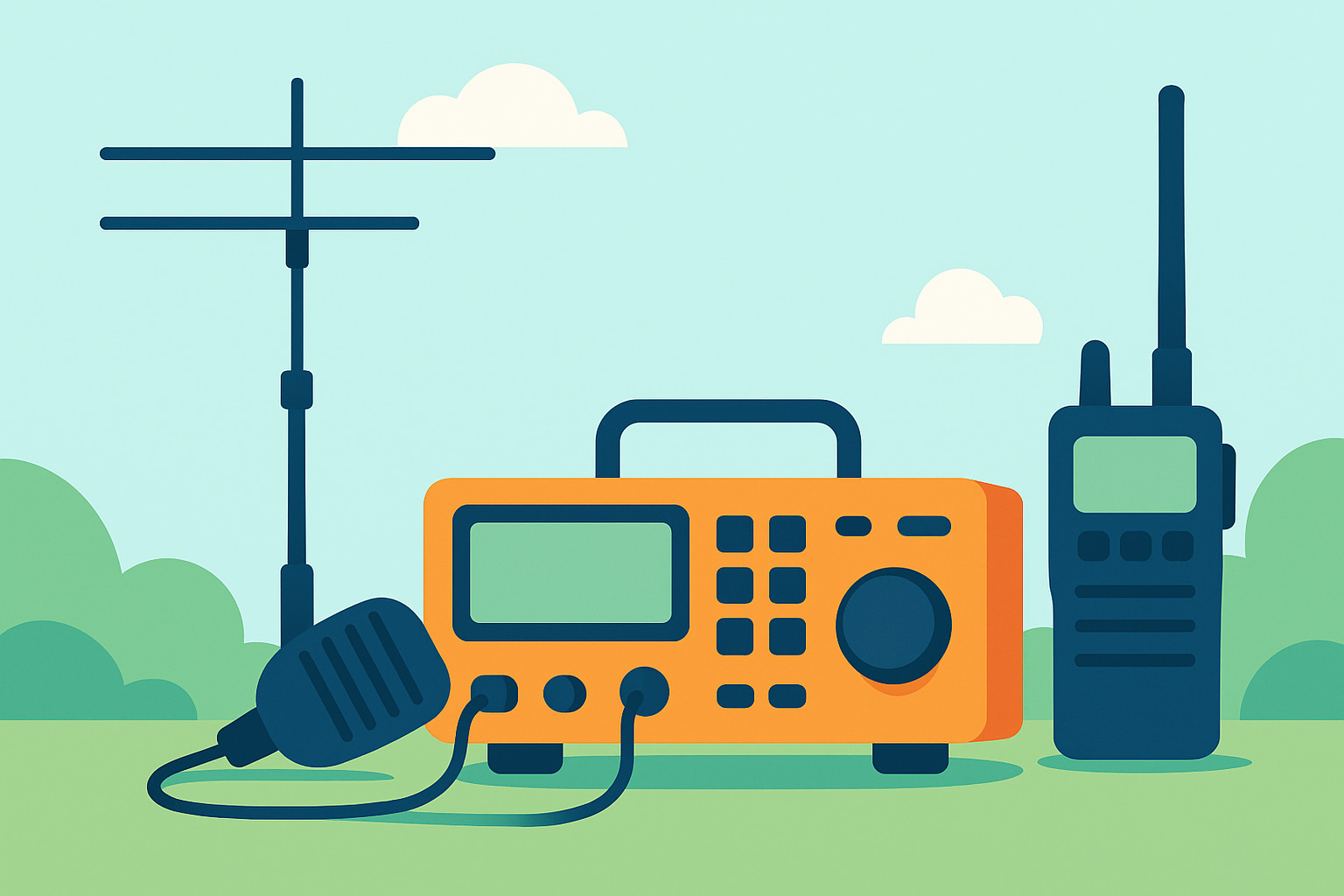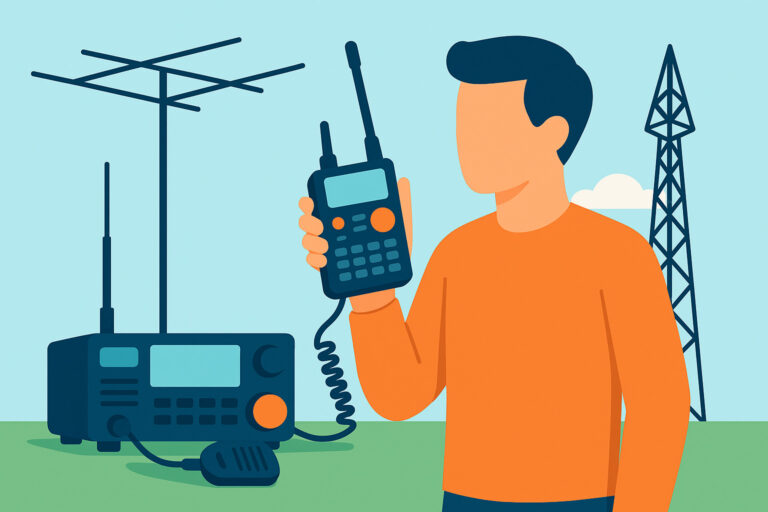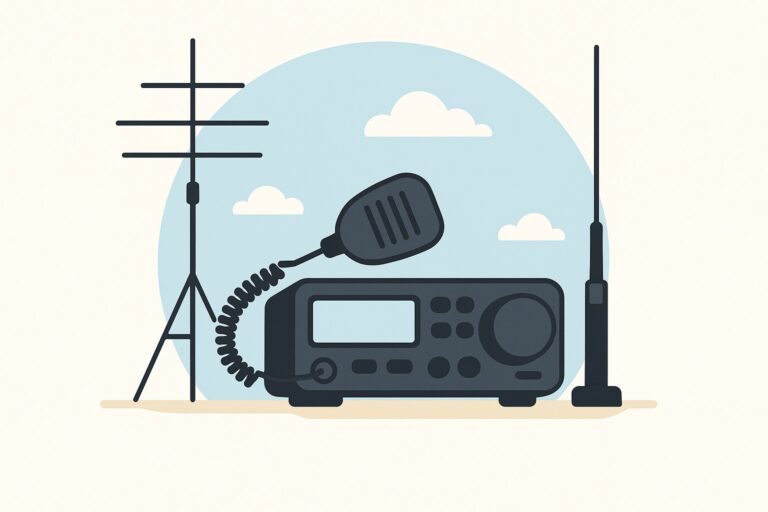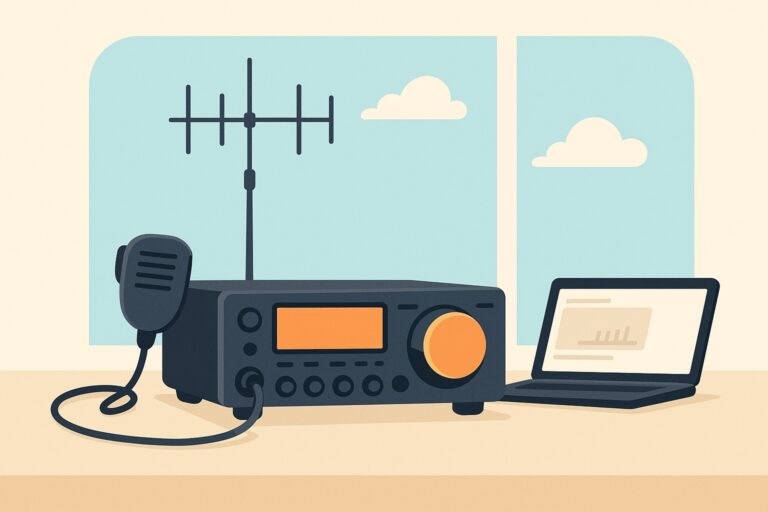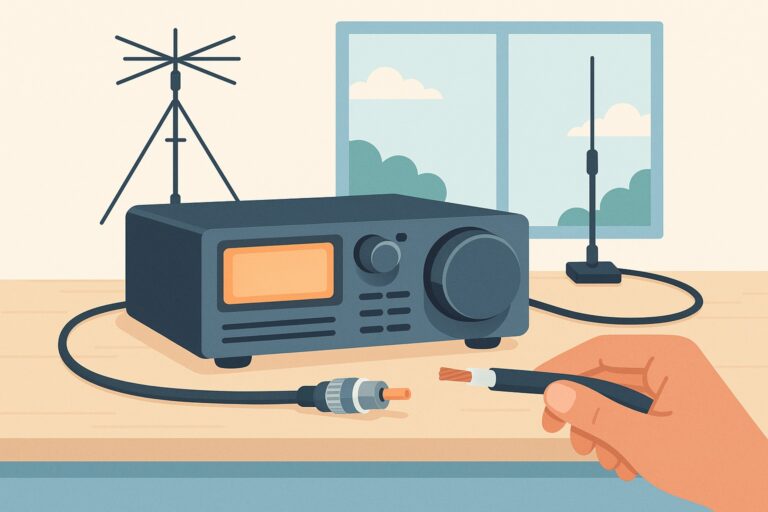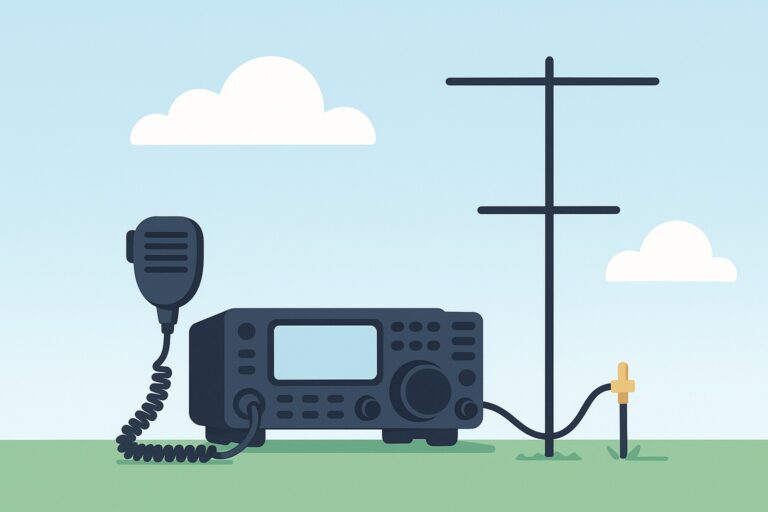Troubleshooting Common Ham Radio Signal Issues
Ham radio operators know that even the best setups can occasionally encounter frustrating signal issues. Whether you’re experiencing unexpected drops in clarity, persistent noise, or mysterious signal loss, diagnosing and fixing these problems is essential for maintaining reliable communication. In this guide, we’ll explore the most common ham radio signal issues and provide practical troubleshooting advice to help you restore optimal performance to your station.
Troubleshooting Common Ham Radio Signal Issues
Understanding High SWR and Its Impact
Standing Wave Ratio (SWR) is a critical parameter for any ham radio enthusiast. It’s a measure of how efficiently your radio transmits power through the antenna system. A high SWR value indicates that a significant portion of your transmitted power is being reflected back into your equipment rather than being radiated out. This not only reduces your effective range but can also damage your radio components.
One of the most immediate dangers of high SWR is overheating. High SWR can result in excessive heat buildup in the radio’s final amplifier stage, leading to premature failure. This means that operating your radio with persistently high SWR values can shorten its lifespan and lead to costly repairs.
Common causes of high SWR include:
- Incorrect antenna tuning or mismatched antenna length
- Damaged or poor-quality coaxial cables
- Improper grounding of the antenna system
- Corroded or loose connectors
It’s important to regularly monitor your SWR readings and address any sudden changes. Loose connections in the antenna or feed line can cause erratic changes in SWR readings. Always inspect your connections and cable integrity if you notice fluctuating SWR values.
Identifying and Resolving Interference Sources
Interference is a common obstacle in ham radio operation, often manifesting as unwanted noise or signal distortion. Understanding the root cause of interference is the first step to effective troubleshooting.
There are two primary types of interference:
- Man-made interference: Caused by electrical devices, power lines, and other human activities.
- Natural interference: Resulting from atmospheric phenomena, solar activity, or lightning.
One prevalent source of man-made interference comes from nearby electrical infrastructure. Power lines can generate intermittent noise at a frequency of 60 to 120 Hz, causing interference in ham radio signals. This type of noise can be particularly challenging to eliminate, especially if the power lines are close to your operating location.
Other common sources of interference include:
- Household appliances such as microwaves and LED lighting
- Computers and networking equipment
- Neighboring transmitters operating on similar frequencies
To resolve interference, try the following steps:
- Identify the frequency and pattern of the noise. Is it constant, or does it fluctuate?
- Temporarily turn off nearby electrical devices one by one to determine if the interference is local.
- Use ferrite beads or chokes on power and audio cables to suppress common mode currents.
- Consider repositioning your antenna further from potential sources of interference.
Addressing Equipment and Connection Issues
Reliable signal transmission depends on the integrity of your radio equipment and the quality of your connections. Even minor faults in your setup can lead to significant performance issues, such as signal loss, distortion, or intermittent operation.
Some of the most frequent equipment and connection issues include:
- Worn or oxidized connectors
- Frayed or damaged coaxial cable
- Improperly installed or mismatched connectors
- Loose connections in the feed line or antenna
As previously mentioned, loose connections in the antenna or feed line can cause erratic changes in SWR readings. Regularly check all connections and replace any components that show signs of wear or corrosion. Maintaining a clean, secure connection throughout your signal path is vital.
Cable quality is another critical factor. Using poor quality cables can lead to signal loss and interference, affecting the overall performance of the radio. Investing in high-quality, well-shielded coaxial cable reduces the risk of signal degradation and helps maintain consistent performance.
Additionally, be aware that software or hardware malfunctions in your transceiver can sometimes mimic signal issues. It’s a good practice to periodically update your equipment firmware and run self-diagnostic tests when available.
Environmental Factors Affecting Signal Quality
Even with perfect equipment and connections, environmental conditions can still impact your ham radio signal. Understanding these factors helps you anticipate and adapt to changing operating conditions.
Key environmental influences on signal quality include:
- Weather: Rain, snow, and ice can increase signal attenuation, especially on higher frequencies.
- Obstructions: Buildings, trees, and hills can block or reflect signals, creating dead zones or multipath distortion.
- Atmospheric conditions: Solar flares, geomagnetic storms, and ionospheric changes can dramatically alter propagation, affecting both shortwave and VHF/UHF operation.
- Ground conductivity: Poor soil conductivity can reduce the efficiency of ground-mounted antennas, especially for HF bands.
While you cannot control the weather or solar activity, you can take steps to minimize their impact:
- Install antennas as high and clear of obstructions as possible.
- Use weatherproofing on outdoor connectors to prevent moisture ingress.
- Consider using directional antennas to mitigate multipath and interference from unwanted directions.
- Monitor propagation forecasts to choose optimal times and frequencies for operation.
Adapting your station layout and operating habits to seasonal and daily environmental changes will help you maintain reliable communication year-round.
Best Practices for Maintaining Optimal Signal Performance
Preventing signal issues is always better than troubleshooting them after the fact. By adopting a proactive maintenance routine and following best practices, you can enjoy clear and consistent communication from your ham radio setup.
Here are some essential best practices for optimal signal performance:
- Regular Inspection: Periodically inspect all cables, connectors, and antennas for physical damage, corrosion, or looseness. Replace or repair any compromised components promptly.
- Monitor SWR: Keep a close eye on SWR readings during every session. Investigate any sudden increases, as they can indicate developing problems with your antenna system or feed line.
- Use Quality Materials: Always select high-quality coaxial cable, connectors, and antennas for your station. This reduces the risk of signal loss and interference.
- Proper Grounding: Ensure your station and antenna system are properly grounded for both safety and performance. Good grounding can help suppress unwanted noise and improve signal clarity.
- Avoid Over-Modulation: Remember, over-modulation can lead to distortion of the transmitted signal, but it does not cause erratic changes in SWR. Adjust your microphone gain and transmitter settings to avoid distortion while maintaining clear audio.
- Stay Educated: Continue learning about new developments in radio technology and best practices by visiting resources like https://hamradioplayground.com.
By following these guidelines, you’ll be well-equipped to prevent most signal issues before they start, ensuring your ham radio experience remains enjoyable and effective.

